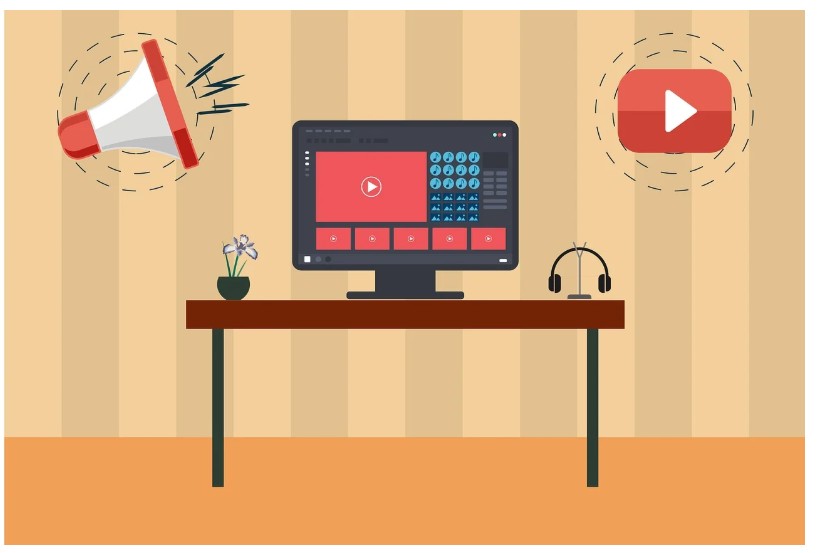In the visual media field, the terms Video Production and Video Editing are used interchangeably in most instances. However, they denote the two crucial and distinct parts of the filmmaking process. Gaining insights into the differences between these two concepts is important. You might be an aspiring content creator or a business owner commissioning a corporate video. In any case, it is better to understand the difference between video production and video editing.
Video Production: The Big Picture
Video production, as the name implies, is the overarching process of creating video content. This process encompasses a lot of steps that start with planning the initial idea and end with the final output. Video Production is a comprehensive workflow that is typically split into three main phases. They are:
1. Pre-Production
This is the planning phase of video production. It is this phase in which all groundwork is laid. It encompasses everything that takes place before the camera even starts rolling. In this phase, a few tasks involve:
- Scriptwriting and storyboarding
- Budgeting and Scheduling
- Casting and Location Scouting
- Logistics
2. Production
This is the phase where the actual filming takes place. In this phase of video production, all plans come to life. The actors, director, and the camera crew are all on set. They begin capturing raw footage at this phase of video production. This phase is all about execution, ensuring that the lighting is right, audio is clear, and every shot on the list is captured.
3. Post-Production
At this phase, video editing comes into the picture. This phase of video production encompasses everything that takes place after the filming is completed. The raw footage from the previous phase is now in the form of a digital file collection. It is time to bring them together to create a cohesive story.
Video Editing: The Art of Assembly
Video editing is a particular task that comes under the post-production phase of video production. In this process, the video editor will manipulate and arrange the raw video footage to create a finished video. A video editor is a storyteller who works behind the scenes. He is responsible for shaping the narrative of the video through his technical and creative skills.
The process of video editing encompasses many steps as follows:
- Ingesting and organising footage
- Creating a rough cut
- Fine-tuning
- Adding graphics and visual effects
- Sound design and mixing
- Colour correction and grading
In a Nutshell
To put it simply, video production is the whole journey from the initial idea to the finished video. It encompasses everything from planning, shooting, to editing.
Video editing, on the other hand, is a crucial part of the entire journey. Particularly, it is the phase where creative and technical work come into play. It is the phase in which raw footage captured during the video production phase is transformed into a compelling story.
For a small project, a videographer might handle all aspects of video production. But, for large-scale productions, dedicated teams are required to handle every role from the producer, the director, and the editor. Together, they can bring the vision to life.
